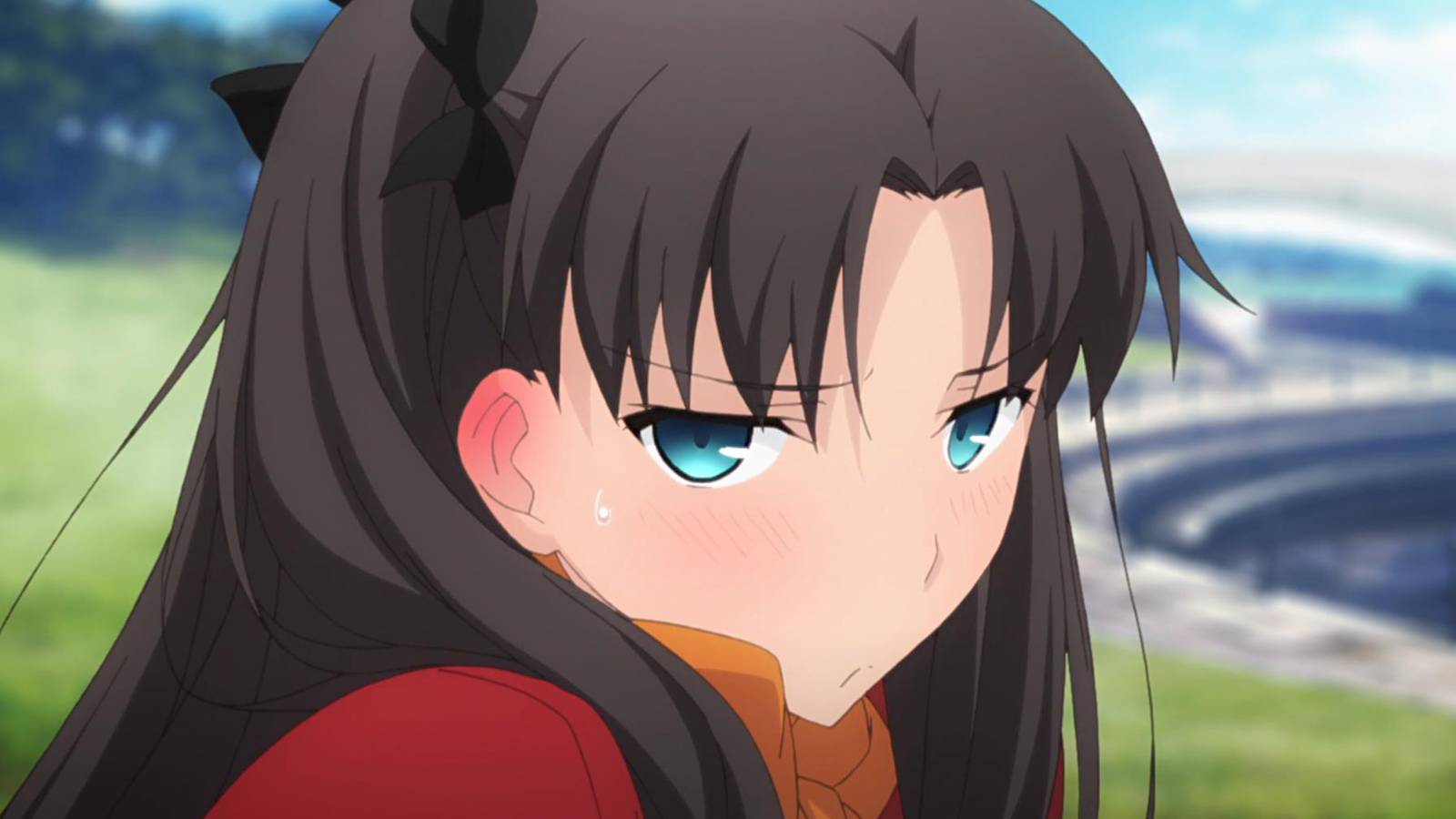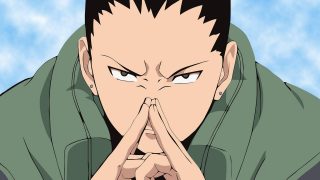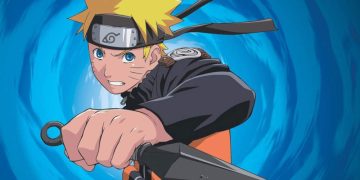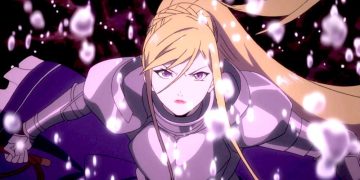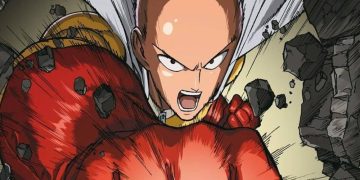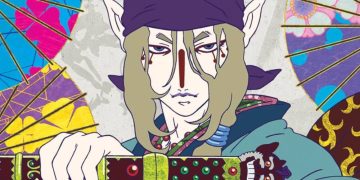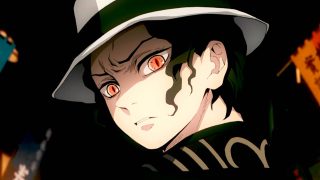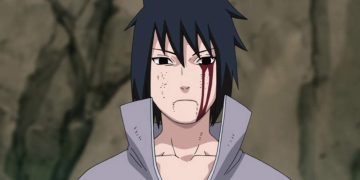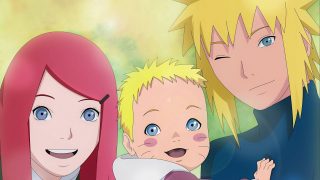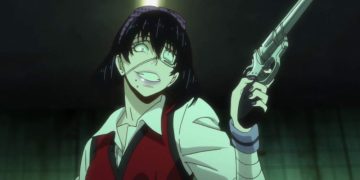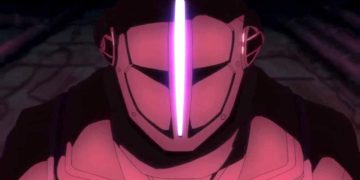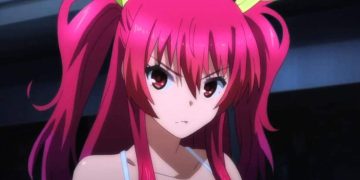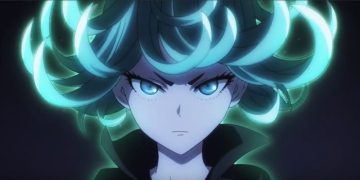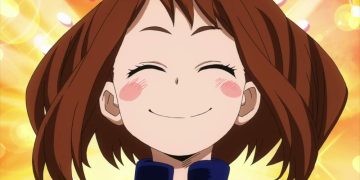Most people classify characters into two buckets: the good guys and the bad guys, the heroes and the villains, the protagonists and the antagonists. But within each bucket, there's plenty of variation.
Each character plays their own role and brings something different to an anime series. When numerous anime series have similar characters that play similar roles, an archetype forms.
Archetypes exist in all kinds of media, but anime character archetypes can be quite unique compared to those you find in movies or TV shows. In anime, archetypes aren't just about what role they play in the story—they can be about how they express themselves as people.
Here are the most common anime character archetypes, what those archetypes entail, and notable examples of each.
16. The Genius
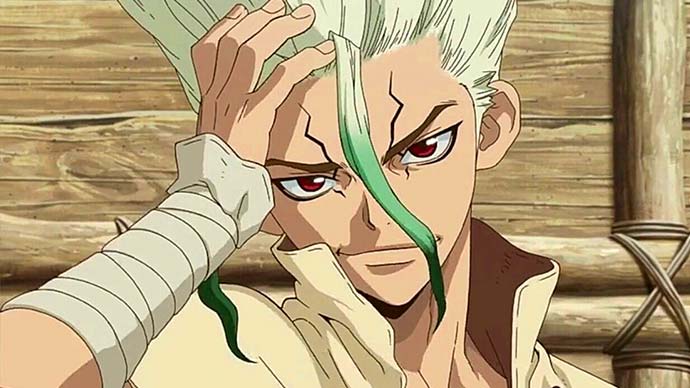
In most anime genres, there's usually an impressive guy or girl who appears to be great at everything they do. They're called geniuses because they're often born with incredible levels of talent.
These so-called geniuses can be the main character, a rival, a sidekick, or even the villain that everyone is trying to take down. Some of the more popular anime geniuses include Shikamaru (Naruto), Yukio (Blue Exorcist), and Senku (Dr. Stone).
15. The Hard Worker
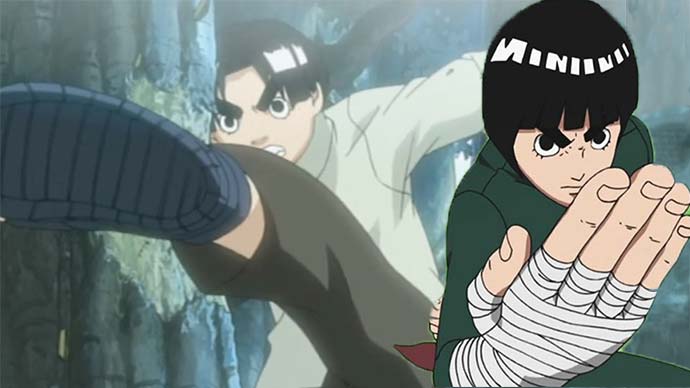
When an anime has a genius character, that person often has a foil character who acts as a contrast: the hard worker. This hardworking character is usually born with zero talent, zero abilities, and maybe even a flaw that makes life harder for them.
But for all they lack, the hardworking character has an indomitable spirit to grow and improve through sheer effort. They chase dreams that seem impossible to reach, and that's why hardworking characters are often fan favorites—they mirror most of us who struggle in real life.
Through hard work, perseverance, and dedication, they often become one of the best characters to grace the screen. Rock Lee and Might Guy from Naruto are the pinnacle examples of this archetype.
14. The Quiet and Mysterious
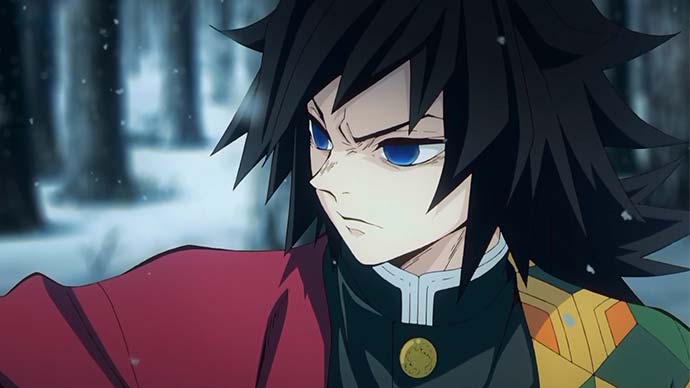
Most anime series feature a character that's quiet, mysterious, and unwilling to talk to anyone—all of which makes them hard to approach. But just because they're quiet doesn't mean they're useless.
Some characters appear cold-hearted as they don't talk with anyone, but others can be formidable allies, like Giyu Tomioka of Demon Slayer and Gordon Agrippa of Black Clover.
13. The No-Brains-All-Brawn
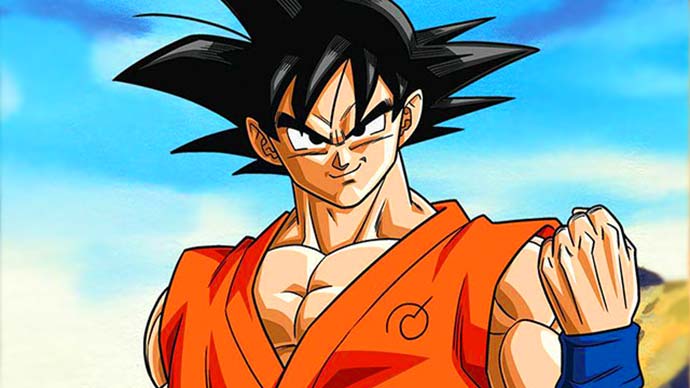
This archetype is prevalent in the shonen anime genre. It features someone—usually the main character or sidekick—who's dumb and known to have a low IQ, but no one can stop him when it comes to battle.
Goku (Dragon Ball Z) and Luffy (One Piece) are the most notable examples as they rely on sheer strength, power, and abilities during battles. If they ever craft plans to defeat opponents, it's mostly based on gut instinct, training, and experience rather than tactics or strategy.
12. The Lucky One
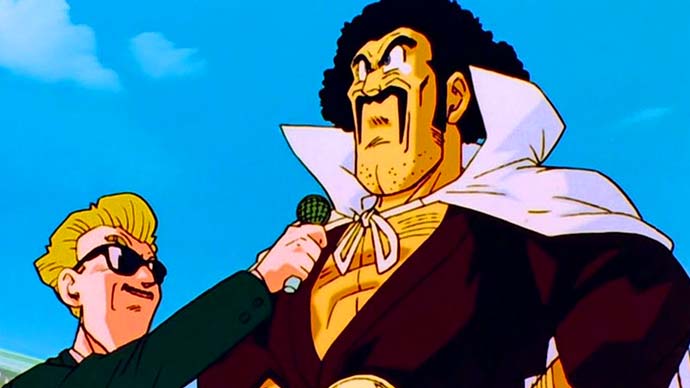
This one can be hard to spot, but there's always someone who's lucky in an anime series, whether they're always surviving by sheer luck or always coming in at the right time to save the main character(s).
Sometimes, their luck becomes plot armor that keeps them alive so they can be useful in upcoming arcs. Satan from the Dragon Ball series was the luckiest character in the franchise, being the friend of Buu and surviving Cell's slap to the face.
11. The Fraud
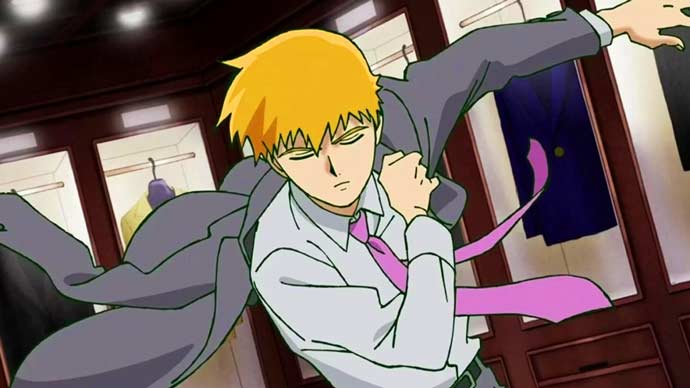
The fraud archetype sometimes seems to overlap with the lucky archetype, but the fraud usually has more depth and character development. They tend to put on an act of superiority and strength, which is the total opposite of who they really are.
A notable example is Don Kanonji from Bleach, who's known as the best exorcist by humans who don't know anything about the reality of spirits and the spirit world.
While he has the ability to do supernatural tricks, his powers aren't enough to neutralize or subdue spirits and oftentimes lead to disasters that the real Soul Reapers have to clean up.
Another one is Arataka Reigen of Mob Psycho, who calls himself the "Greatest Psychic" and runs his Spirits and Such Consultation Agency despite not even being an esper. Yet, whenever there's an actual evil spirit involved, he calls Mob for help!
10. Good Demons
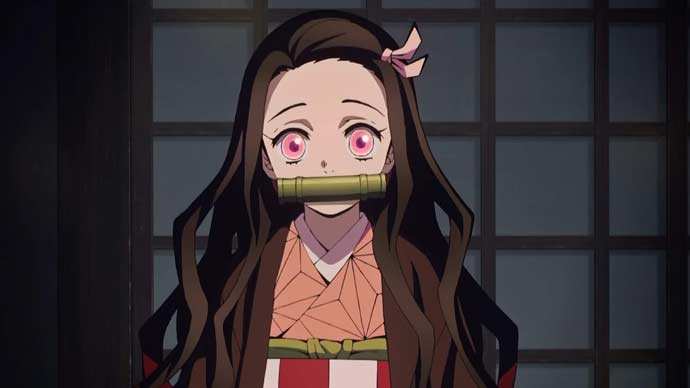
In most forms of media, demons are bad, evil, and corrupted. But in anime, some demons are good, jolly, and harmless—the total opposite of what a demon character should be. Nezuko Kamado of Demon Slayer is one of the best example of a cute and "harmless" demon.
This creative spin on old tropes has sometimes led to controversies, with some critics even implying that such anime series oppose mainstream religious teachings and edge into satanic territory.
However, for most anime viewers, it's not that important. Demon characters are usually just there to be badass, awesome, and fun, not as a way to promote serious religious ideologies.
9. The Antihero
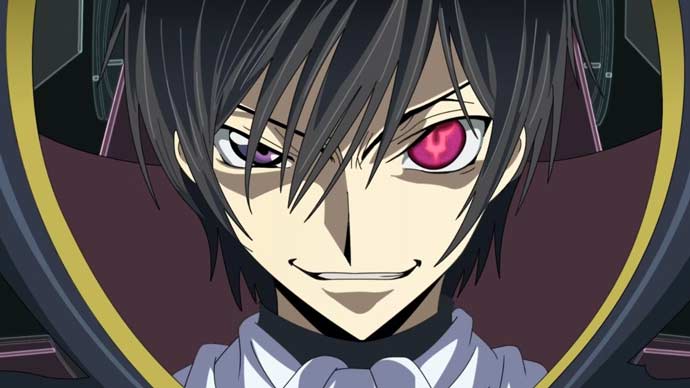
Many anime series feature antiheroes, characters who are central to the story but possess none of the traditional "good guy" traits. These characters are getting more and more attention nowadays because of how they redefine the meanings of hero and justice.
Sometimes they start off like a typical shonen protagonist, but at some point they take a turn and become dark, cold-hearted, and ruthless. They typically have noble intentions, but they'll usually go about them in unsavory ways and inappropriate methods.
Antiheroes embody the saying: "To defeat evil, one must become an even greater evil." Famous examples include Lelouch vi Britannia of Code Geass, Light Yagami of Death Note, and Eren Yeager of Attack on Titan.
Of course, there are also antihero characters who are total freaks and don't even exhibit those "evil but good" tropes. A prime example is Alucard from Hellsing and Hellsing Ultimate.
8. Heroes With Dark Pasts
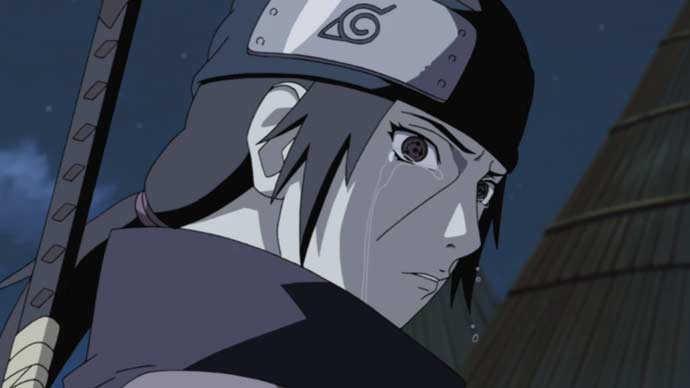
Most of the time, it's the villain who's born in darkness. But there are times when the hero is hiding a dark past! Heroes with dark pasts are usually quiet and mysterious, but some go the other way and have bright attitudes that mask the void that lingers deep down inside.
What makes them such great characters is that viewers can easily symphatize with them. These characters can also get you emotionally attached to them as you dig deeper into their stories.
Itachi Uchiha of Naruto Shippuden is a good example. He's introduced as a villain who slaughtered his entire clan, but is later revealed to be a true hero. Another one is Nico Robin of One Piece, the sole survivor of a Buster Call who was hunted by the government from a very young age.
The -dere Archetypes in Anime
The so-called -dere archetypes define characters based on how they express their feelings for someone. Contrary to what's been popularized by internet fandoms, the -dere archetypes aren't limited to female characters! They can apply to male characters as well.
7. The Yandere
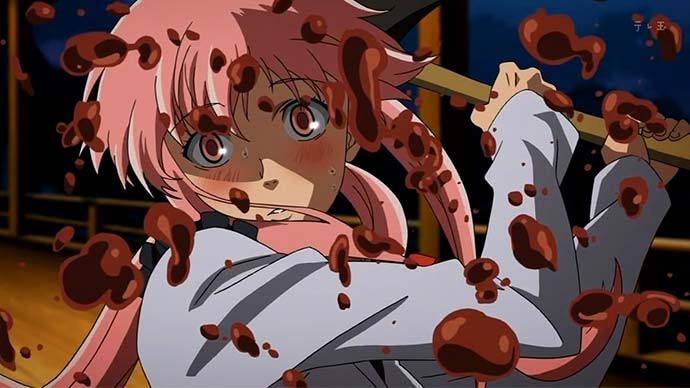
Yandere refers to a character who's crazy in love with someone, with Yuno Gasai of Future Diary being the best example. She only thinks of Yuki and will do anything for their survival. She's cold and harsh towards everyone else, even to the point of killing without remorse.
Most of the time, yandere characters are outwardly cute and normal, which deceives others as they hide their evil inclinations until something comes to threaten their love interest. Their obsession is so strong that even their love interests can come to fear them.
6. The Sadodere
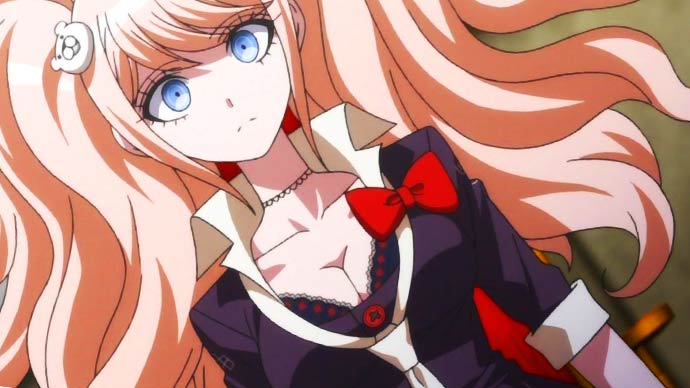
Sadodere refers to a character who exhibits sadomasochism towards someone who catches their interest (i.e., love interest), such that they only want them to suffer by their hands.
That "suffering" can be light—like verbal bullying—or it can be over-the-top to the point that things get bloody and horrifying. Anime characters like Junko Enoshima of Danganronpa and Eto Yoshimura of Tokyo Ghoul are the best examples of sadodere.
5. The Mayadere
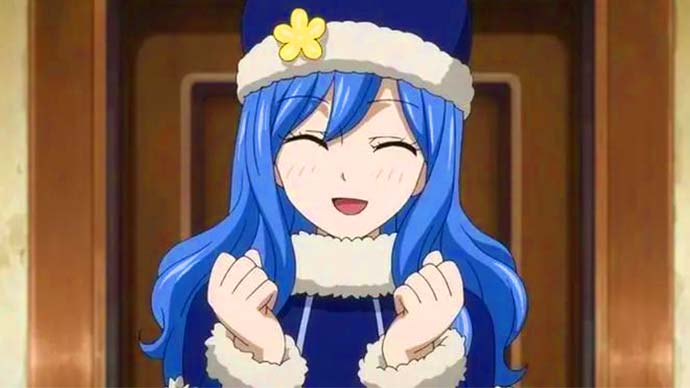
Mayadere refers to a character who's villainous and brutal, but softens when they grow fond of someone or start taking a liking to a character who's on the protagonist's side. At some point, they usually switch sides and aid the protagonists in victory.
Juvia Lockser of Fairy Tail is a solid example, who falls for Gray Fullbuster and joins the Guild just to be with him.
4. The Tsundere
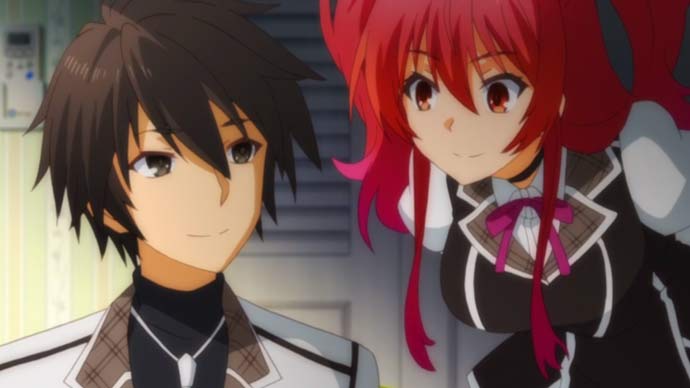
Tsundere refers to a character who appears tough on the outside and hides their true feelings toward their love interest, but secretly wants to receive affection from them—and when they do receive attention, the tables turn and their attitude turns soft.
Stella Vermillion of Chivalry of a Failed Knight exhibits ruthless behavior towards Ikki Kurogane during the early parts of the story, but later reveals how she really feels.
3. The Himedere
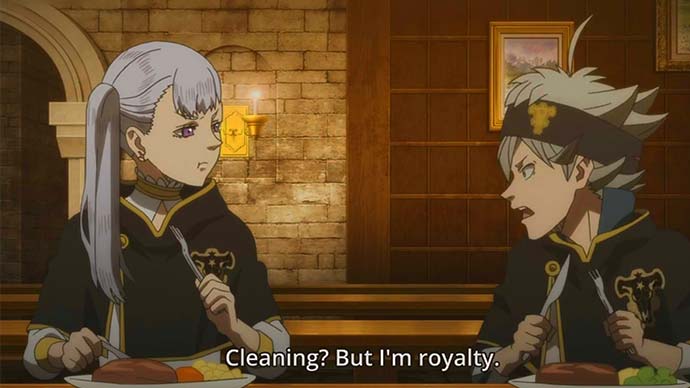
Hime is Japanese for "princess," so himedere refers to a character who wants to be treated like royalty. They're usually high-class nobles who were raised in aristocratic society and want to be respected by everyone—especially the ones whom they like or love.
Noelle Silva of Black Clover was always arrogant about her being a royal, but she was eventually brought down by the Black Bulls Squad.
2. The Kamidere
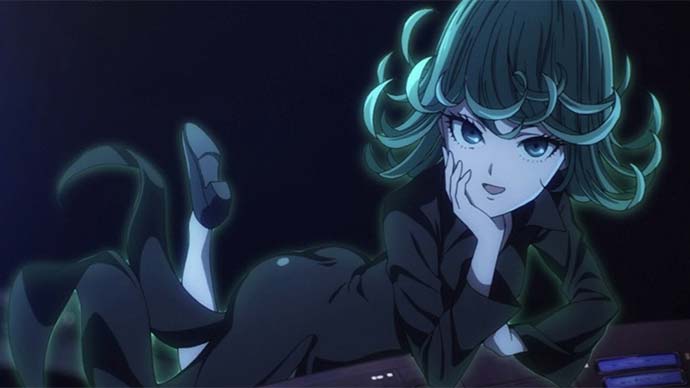
Kamidere is an even stronger form of himedere, referring to a character who demands god-like levels of treatment and respect. These characters exhibit unprecedented levels of pride and think of themselves as gods worthy of praise for their talents and abilities.
Kamen Amai Mask and Tatsumaki from One Punch Man fall under this archetype, with their attitudes showing that they rule over everything.
1. The Dandere
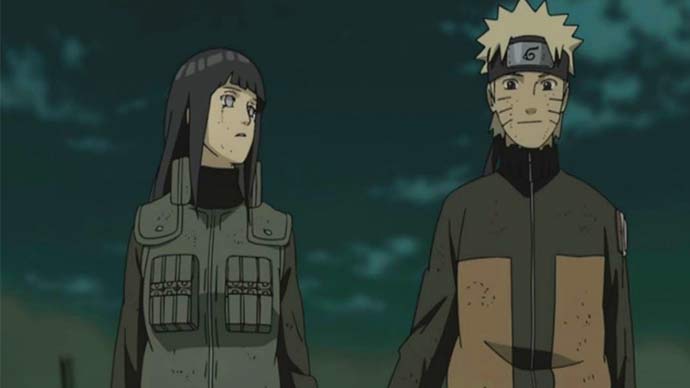
Dandere refers to a character who's content watching the person they like from a distance. They're usually shy and seldom start conversations with anyone, let alone their love interests.
The best example of this archetype is Hinata Hyuga of Naruto, who watches Naruto from a distance without revealing her feelings for him. Only a long, long time later does she develop the courage to do so.
